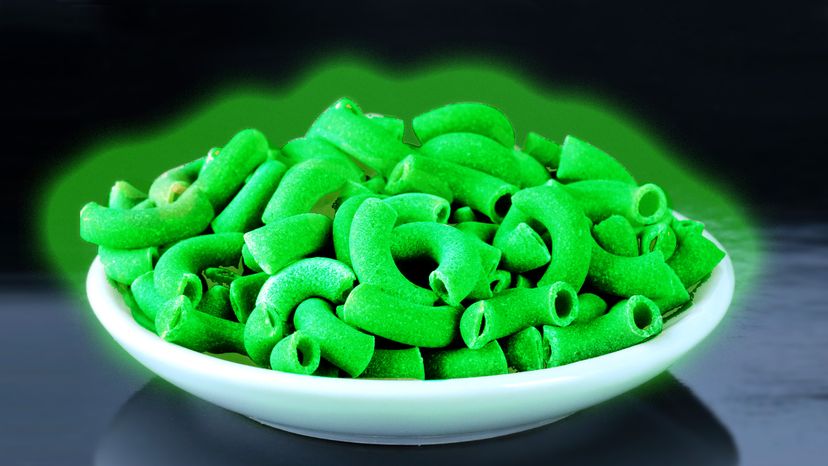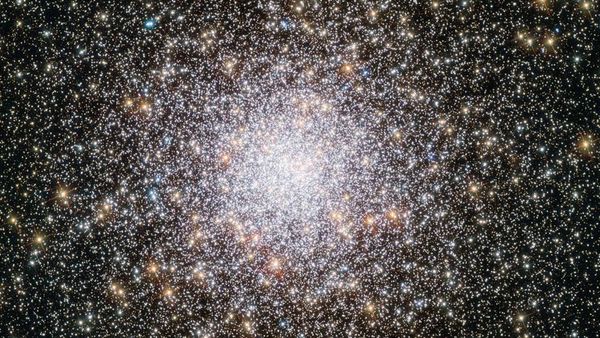
"Nuclear pasta" might sound like a fancy concoction cooked up by a molecular gastronomy chef, but it's actually light-years away (literally) from the spaghetti you'd find in the kitchen. This weird kind of noodle is kneaded below the crust of neutron stars and, in a new study, a powerful computer simulation has taken a stab at manipulating this stellar noodle to find that it's the strongest material in the cosmos.
So how did this nuclear pasta become the super-macaroni of the universe? Well, it's because it's created inside neutron stars that act like extreme pressure cookers.
Advertisement
Neutron stars are the stellar corpses of massive stars that have run out of fuel and exploded as supernovas. These tiny spinning objects are only a dozen or so miles wide and yet pack in the entire mass of our sun. They're so dense that only a teaspoonful of neutron star matter weighs as much as a mountain on Earth! Neutron stars are therefore not composed of "normal" matter but rather degenerate matter – extremely compact neutrons that are crushed together under incredibly powerful gravitational forces.
A neutron star's extreme gravity will make the outer layers freeze solid as a crust with a liquid core below. Underneath the crust, powerful forces roil between the neutrons and protons inside the neutron star's matter, causing the material to take on some surprising shapes, like long cylinders and flat planes. Astrophysicists refer to these shapes as "lasagna," "spaghetti" and "gnocchi," and collectively as nuclear pasta. Understanding how this nuclear pasta works is a key concern for our lasagna-loving scientists.
"The strength of the neutron star crust, especially the bottom of the crust, is relevant to a large number of astrophysics problems, but isn't well understood," said Matthew Caplan, a postdoctoral research fellow at McGill University, in a statement.
To get a better understanding of this noodly mess, Caplan and his team created the most complex computer simulation ever carried out on neutron star crusts to understand how they warp and break. It turns out that nuclear pasta is as far from al dente as you can get; it's the strongest known material in the universe.
"Our results are valuable for astronomers who study neutron stars. Their outer layer is the part we actually observe, so we need to understand that in order to interpret astronomical observations of these stars," added Caplan.
This is especially important as physicists can now measure gravitational waves: the ripples in space-time caused by massive cosmic objects like neutron stars and black holes spinning, colliding and merging. The crust of neutron stars is therefore very important for science to understand. In fact, lone neutron stars may produce their own weak gravitational waves by creating rigid "mountains" in the crust, according to research that was accepted for publication in August 2018 in the journal Physical Review Letters. As neutron stars spin, these mountains would disturb spacetime like a propeller cutting through a calm lake's surface, generating a constant source of gravitational waves that we may be able to detect in the future.
"A lot of interesting physics is going on here under extreme conditions and so understanding the physical properties of a neutron star is a way for scientists to test their theories and models," said Caplan. "With this result, many problems need to be revisited. How large a mountain can you build on a neutron star before the crust breaks and it collapses? What will it look like? And most importantly, how can astronomers observe it?"
So, the next time you're boiling your penne, take a minute to ponder the mountains of nuclear pasta that could ravioli a lot about the nature of neutron stars.
Advertisement
